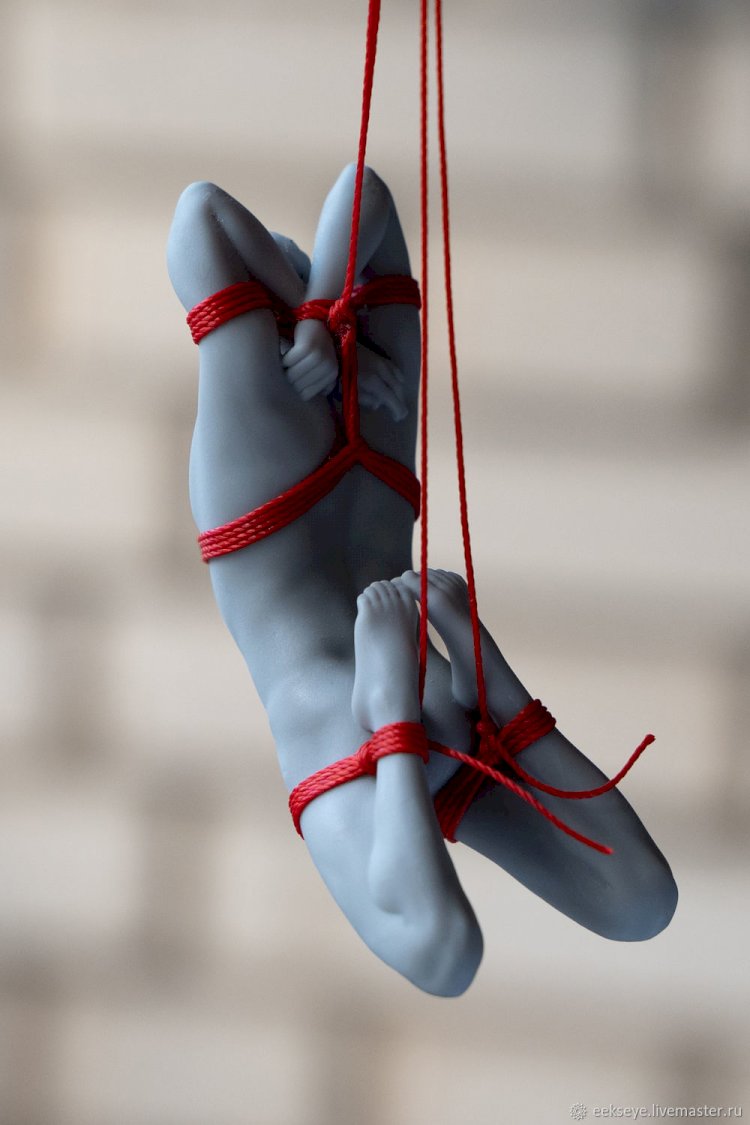
Shibari Art: History, Techniques, and Philosophy
Part 1: Introduction to Shibari Art
Shibari, also known as Japanese rope bondage, is a unique form of art and self-expression that has deep historical roots in Japan. In this article, we will explore the history, techniques, and philosophy of Shibari, as well as its modern influence on art and sexuality.
Part 2: Historical Context
Shibari art has ancient origins and is associated with the traditions of Japanese kinbaku, which date back to the 1400s. During that time, kinbaku was used for binding and controlling criminals, but over time, this art form evolved and transformed into an aesthetic practice. In the 17th century, Shibari gained popularity among samurais, who used it for training and discipline.
Part 3: Shibari Techniques
Shibari involves various binding techniques using ropes that create beautiful and intricate knots and figures on the human body. Key elements of Shibari techniques include precision, symmetry, and even pressure distribution to achieve comfort and safety for the partners involved. Some popular Shibari techniques include "takatekote" (a large knot on the neck), "goten" (binding of the hands), and "ebi" (binding of the legs).
Part 4: Shibari Philosophy
Shibari also has a profound philosophy associated with principles of control, trust, and presence. For many practitioners, Shibari is a way to achieve harmony and emotional connection between partners. In the process of binding and control, one partner fully trusts the other, creating a deep sense of intimacy and mutual understanding.
Part 5: Modern Influence
Today, Shibari has a wide influence on art, fashion, and sexuality. Many artists incorporate Shibari elements into their works, creating beautiful photographs and installations. In the realm of sexuality, Shibari has become popular as a form of BDSM play and exploration of control and submission.

 Hurma
Hurma 











